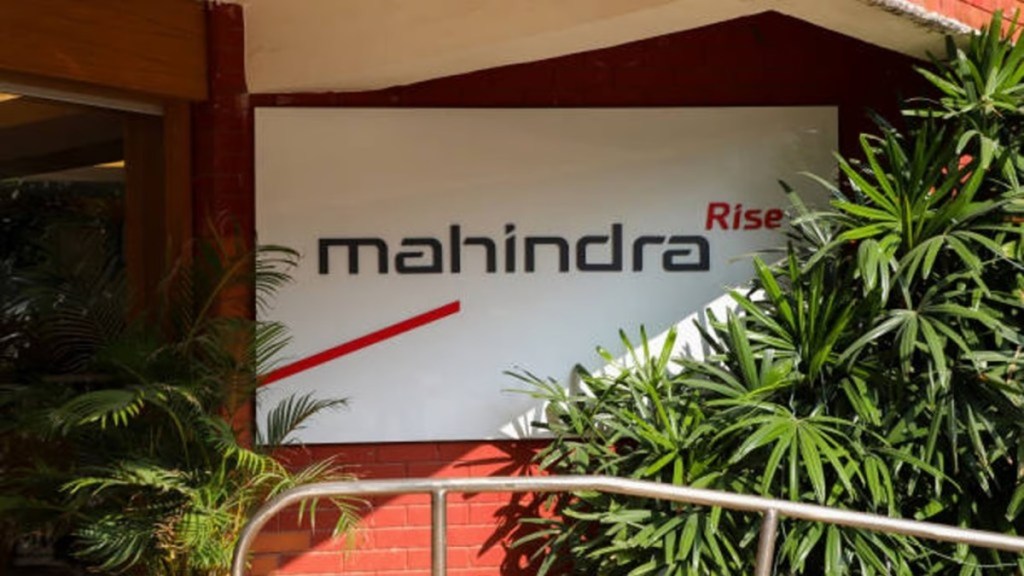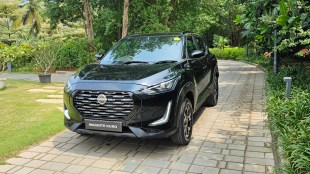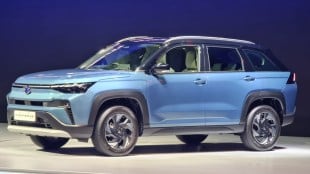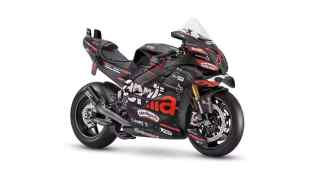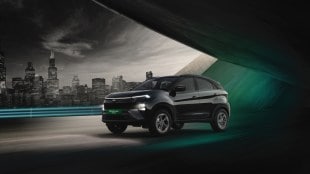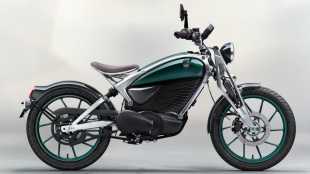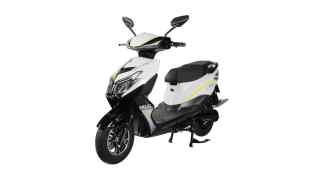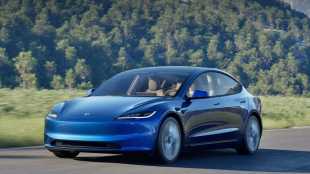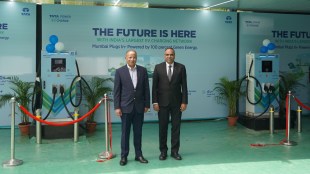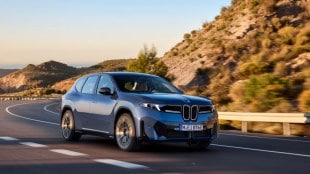Mahindra & Mahindra has surged ahead of key rivals in the automotive market, on the back of growing popularity of its large SUVs. In April, the company outpaced both Hyundai and Tata Motors to become India’s second-largest automaker, largely driven by its dominance in the large SUV category, comprising vehicles longer than 4.4 metres.
According to data from the Society of Indian Automobile Manufacturers (Siam), while the overall large SUV segment witnessed a decline in FY25, Mahindra bucked the trend with a 36% year-on-year growth in sales of its large SUV models. The company sold 300,854 units of its large SUVs in FY25, up from 221,578 units in FY24. These models include the Bolero Neo, Scorpio, Thar Roxx, and XUV700, all of which have gained strong traction among consumers.
In sharp contrast, Mahindra’s competitors in the large SUV space witnessed a collective drop in sales by 24%. Hyundai’s Alcazar, despite the launch of a refreshed model in September 2024, fell from 20,753 units in FY24 to 17,132 units in FY25. Similarly, MG’s Hector saw a steep fall from 27,435 units to 15,620 units, while Tata’s Harrier and Safari dropped from 46,645 units to 38,994. Jeep Compass sales also dipped from 3,300 units to 2,598 units.
Analysts attribute Mahindra’s success to a combination of its rugged SUV brand appeal and a wide pricing spectrum that makes its vehicles accessible to a broad customer base. Thar Roxx, for instance, starts at Rs 12.99 lakh and extends to Rs 23.39 lakh for the premium variant. Scorpio-N is priced from Rs 13.99 lakh to Rs 25.15 lakh, while the XUV700 ranges from Rs 14.49 lakh to Rs 25.14 lakh.
This pricing strategy allows Mahindra to cater to both budget-conscious buyers upgrading from compact SUVs and customers who might otherwise consider luxury models priced above Rs 30 lakh. Analysts suggest that feature-loaded top variants of Mahindra’s large SUVs offer exceptional value, thereby luring buyers away from more expensive offerings.
This phenomenon is reflected in the shrinking sales of mass-market luxury SUVs. Jeep’s Meridian dropped from 2,106 units to 1,267 units, MG Gloster from 2,450 to 1,735, Skoda Kodiaq from 1,887 to 1,663, Hyundai Tucson from 2,883 to 1,319, and Volkswagen Tiguan from 1,618 to just 888 units in FY25. Even Toyota, a traditionally strong player with its Fortuner and Hilux, saw sales fall from 37,996 to 36,689 units.
According to analysts, Mahindra hasn’t just taken market share from direct rivals, but has also eroded the customer base of premium SUVs. “Its big 36% growth in large SUV sales isn’t just about beating Tata or Hyundai. It’s also drawing in buyers from segments dominated by Toyota and others.”
In contrast, Mahindra’s performance in the compact SUV (sub-4 metre) segment was relatively modest, with a growth of just 1.8%, from 238,286 units in FY24 to 242,586 units in FY25.
